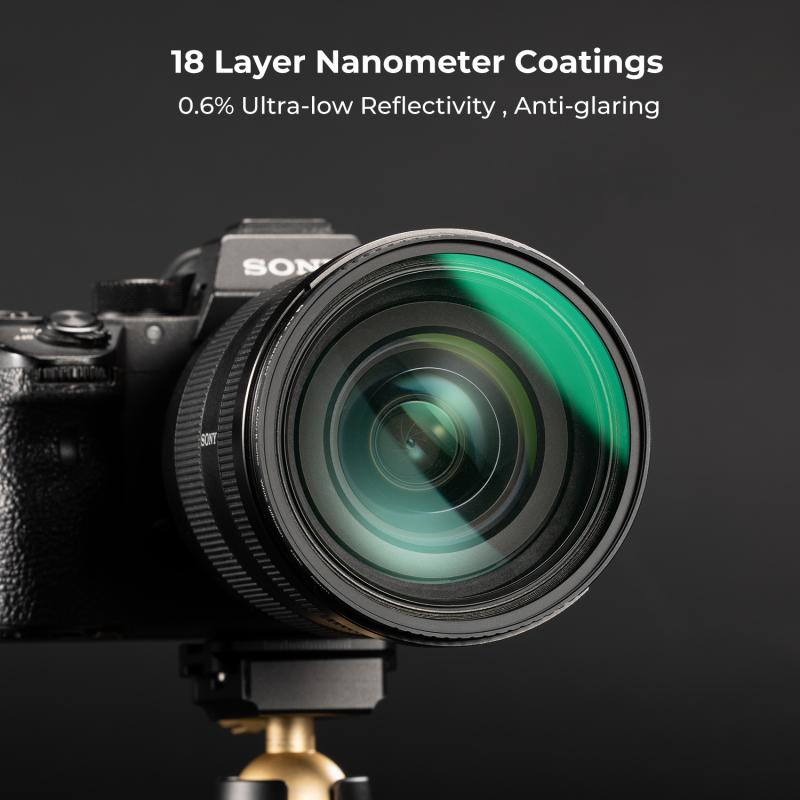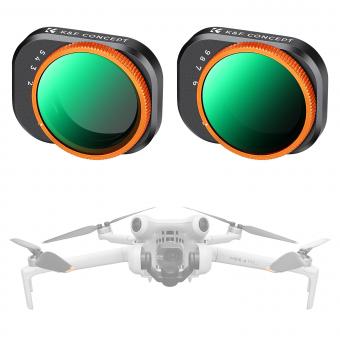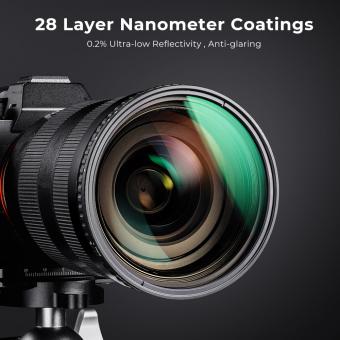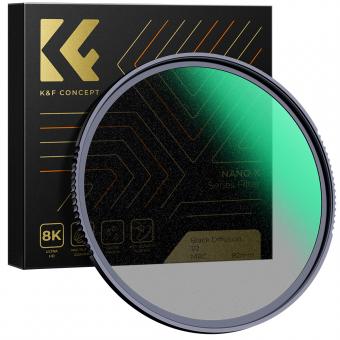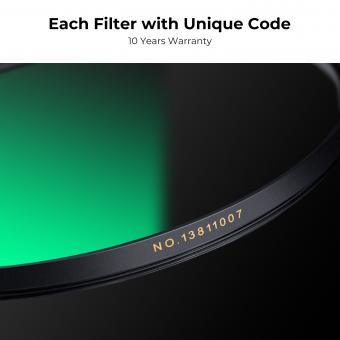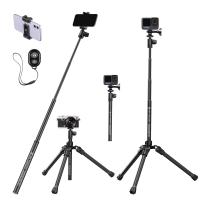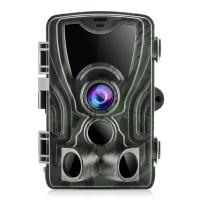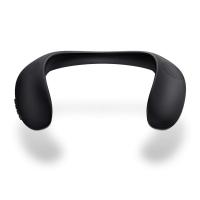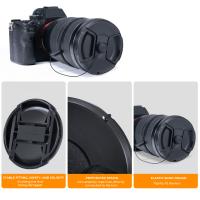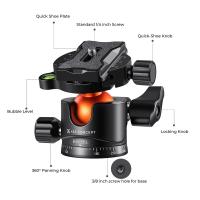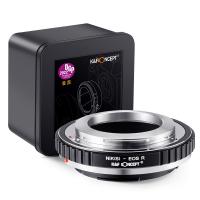What Is A Nd Filter Photography ?
An ND filter, short for Neutral Density filter, is a type of filter used in photography to reduce the amount of light entering the camera lens without affecting the color or hue of the image. It is essentially a darkened piece of glass or resin that is placed in front of the lens. ND filters come in different strengths, measured in stops, which determine the amount of light they block. They are commonly used in situations where there is too much light, such as bright daylight or when shooting long exposures, to achieve certain creative effects. By reducing the amount of light, ND filters allow photographers to use slower shutter speeds or wider apertures, resulting in effects like motion blur, smooth waterfalls, or shallow depth of field.
1、 Definition and Purpose of ND Filters in Photography
A ND filter, short for Neutral Density filter, is an essential tool in photography that helps control the amount of light entering the camera lens without affecting the color or hue of the image. It is essentially a darkened piece of glass or resin that is placed in front of the lens to reduce the intensity of light reaching the camera's sensor.
The purpose of using an ND filter in photography is to achieve specific creative effects that would otherwise be difficult or impossible to achieve. One of the main applications of ND filters is in long exposure photography, where the photographer wants to capture motion blur or create a sense of movement in a still scene. By reducing the amount of light entering the camera, ND filters allow for longer exposure times, resulting in smooth and silky waterfalls, streaking clouds, or blurred motion in crowded cityscapes.
ND filters are also useful in situations where the photographer needs to use a wider aperture or slower shutter speed in bright lighting conditions. For example, when shooting portraits outdoors in bright sunlight, using a wide aperture to achieve a shallow depth of field may result in overexposed images. By using an ND filter, the photographer can reduce the amount of light entering the lens, allowing for wider apertures and slower shutter speeds while maintaining proper exposure.
In recent years, ND filters have gained popularity in landscape photography, as they allow photographers to capture stunning images with balanced exposures in high contrast scenes. By using graduated ND filters, which have a darkened portion that gradually transitions to clear, photographers can balance the exposure between the bright sky and the darker foreground, resulting in well-exposed images with details in both areas.
Overall, ND filters are versatile tools that offer photographers greater control over exposure and creative possibilities. With advancements in filter technology, such as variable ND filters that allow for adjustable light reduction, photographers have more flexibility in achieving their desired effects.
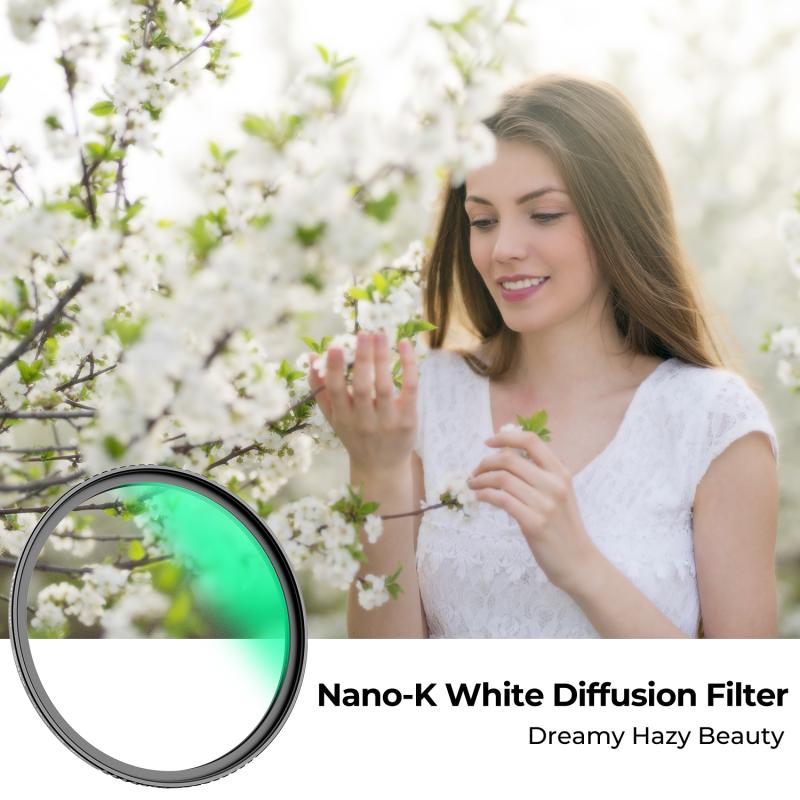
2、 Types of ND Filters and Their Characteristics
A ND filter, short for Neutral Density filter, is a popular tool in photography that helps control the amount of light entering the camera lens. It is essentially a darkened piece of glass or resin that reduces the intensity of light without affecting the color or quality of the image.
ND filters are commonly used in various photography scenarios, such as landscape, long exposure, and portrait photography. They allow photographers to achieve creative effects that would otherwise be difficult or impossible to achieve. By reducing the amount of light, ND filters enable longer exposure times, which can result in motion blur effects like silky smooth waterfalls or streaking clouds.
There are different types of ND filters available, each with its own characteristics and uses. The most common types include fixed ND filters, variable ND filters, and graduated ND filters.
Fixed ND filters have a specific light reduction factor, such as ND2, ND4, or ND8, which correspond to 1-stop, 2-stop, and 3-stop reductions respectively. These filters are ideal for situations where a consistent amount of light reduction is needed.
Variable ND filters, on the other hand, offer adjustable light reduction by rotating the filter. They are versatile and convenient, allowing photographers to quickly adapt to changing lighting conditions. However, they can sometimes introduce color casts or vignetting at extreme settings.
Graduated ND filters are designed with a gradient, where one half of the filter is darkened and the other half is clear. These filters are commonly used in landscape photography to balance the exposure between the bright sky and the darker foreground. They come in different strengths and orientations to suit various shooting scenarios.
In recent years, advancements in technology have led to the development of high-quality ND filters with improved optical performance and reduced color distortion. Some filters also incorporate special coatings to minimize reflections and flare. Additionally, there are now options for square or rectangular filters that can be easily mounted on a filter holder system, providing more flexibility and convenience for photographers.
Overall, ND filters are essential tools for photographers looking to control light and achieve creative effects in their images. The choice of filter type and strength depends on the specific shooting situation and desired outcome.
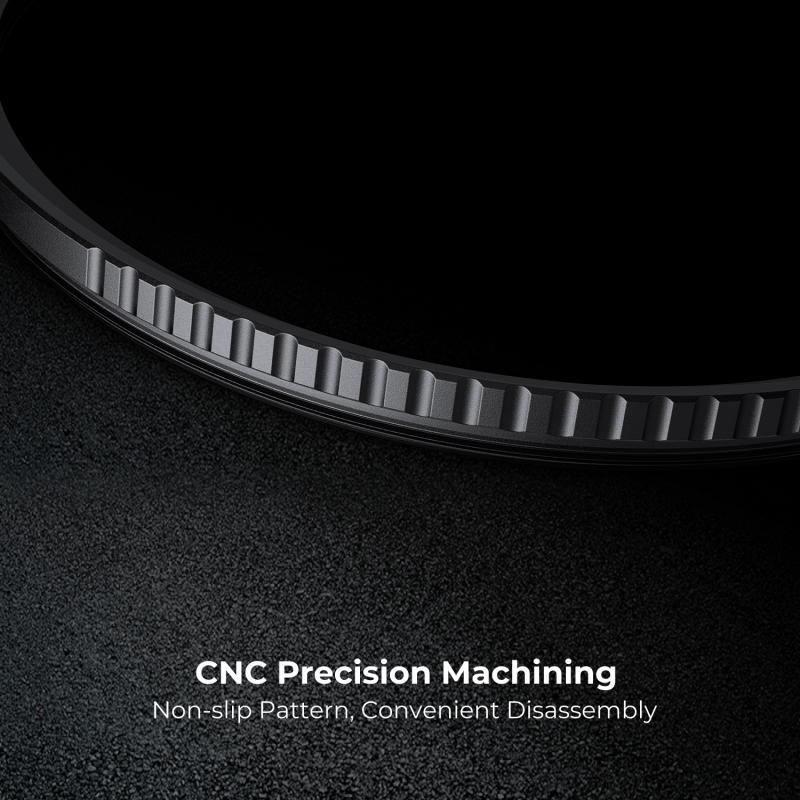
3、 How to Use ND Filters for Long Exposure Photography
A ND filter, short for Neutral Density filter, is a popular tool in photography used to control the amount of light entering the camera lens. It is essentially a darkened piece of glass or resin that reduces the intensity of light without affecting the color or hue of the image.
ND filters are particularly useful in long exposure photography, where the photographer wants to capture motion blur or create a sense of stillness in a scene. By reducing the amount of light entering the camera, ND filters allow for longer exposure times, resulting in smooth and ethereal effects. They are commonly used in landscape photography to capture flowing waterfalls, streaking clouds, or to remove people or moving objects from a crowded scene.
To use an ND filter for long exposure photography, you need to attach the filter to the front of your camera lens. The filter comes in different strengths, indicated by the number of stops it reduces the light by. The higher the number, the darker the filter and the longer the exposure time required. It is important to note that when using ND filters, a tripod is essential to keep the camera steady during the long exposure.
The latest point of view on using ND filters for long exposure photography is that they are not only limited to landscape photography. Many photographers are now experimenting with using ND filters in other genres, such as street photography or even portraiture, to create unique and artistic effects. Additionally, advancements in technology have led to the development of variable ND filters, which allow photographers to adjust the strength of the filter by rotating it, providing more flexibility and convenience in different lighting conditions.
In conclusion, ND filters are a valuable tool for photographers looking to explore long exposure photography. They allow for creative control over the amount of light entering the camera, resulting in stunning and unique images. Whether used in landscape photography or other genres, ND filters offer endless possibilities for capturing motion and creating artistic effects.
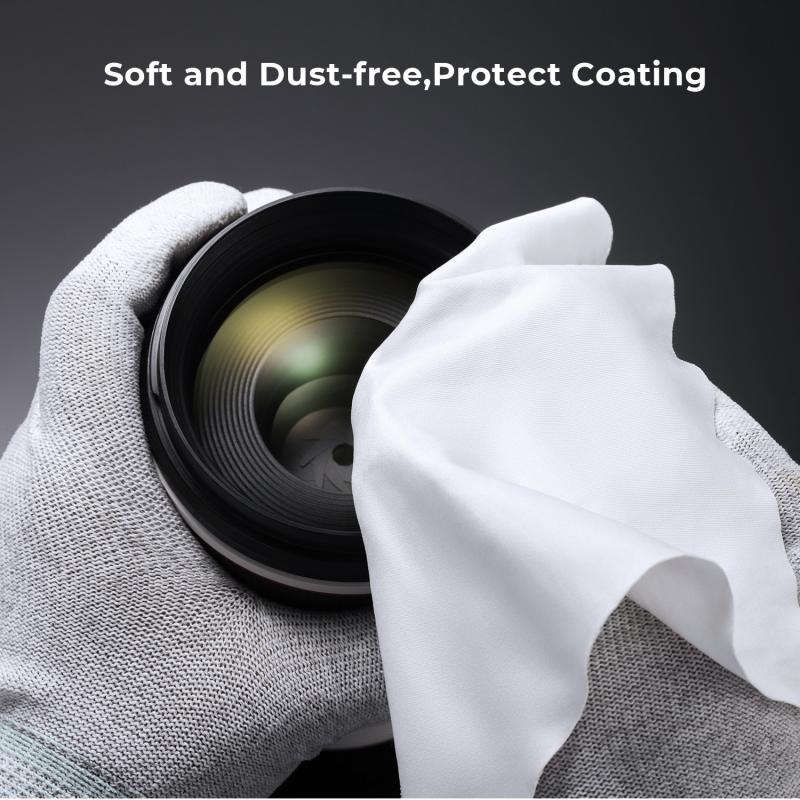
4、 Advantages and Limitations of ND Filters in Photography
A ND filter, short for Neutral Density filter, is a popular tool used in photography to control the amount of light entering the camera lens. It is essentially a darkened piece of glass or resin that reduces the intensity of light without affecting the color or quality of the image.
The primary advantage of using ND filters is their ability to extend exposure times, allowing photographers to achieve creative effects that would otherwise be difficult or impossible to capture. By reducing the amount of light, ND filters enable longer shutter speeds, resulting in motion blur effects for subjects like flowing water or moving clouds. This can add a sense of dynamism and smoothness to images, creating a more ethereal and dreamlike atmosphere.
Another advantage of ND filters is their ability to balance exposure in high-contrast scenes. In situations where the difference between the brightest and darkest areas of a scene is significant, such as during a sunset or in bright daylight, ND filters can help to even out the exposure and prevent overexposure in certain areas.
However, it is important to note that ND filters also have limitations. One limitation is the potential for color cast, where the filter may introduce a slight color shift to the image. This can be mitigated by using high-quality filters or correcting the color in post-processing.
Additionally, using ND filters requires longer exposure times, which can be challenging when photographing moving subjects or in situations where a fast shutter speed is necessary to freeze action. It may also require the use of a tripod to avoid camera shake.
In conclusion, ND filters are a valuable tool in photography, offering advantages such as extended exposure times and exposure balancing. However, they also have limitations, including potential color cast and the need for longer exposure times. Despite these limitations, ND filters remain a popular choice among photographers for their ability to add creativity and control to their images.
